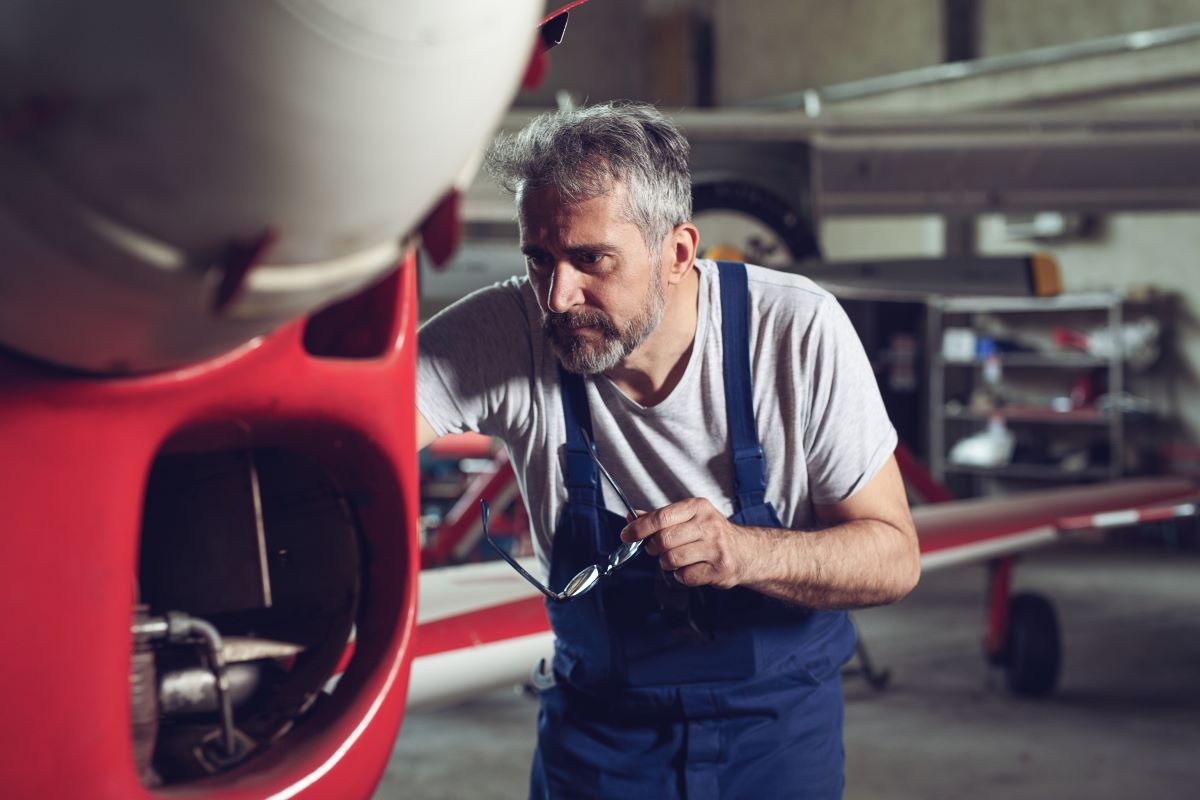Someday, you may need a plan for the day you learn that your airplane manufacturer closes the doors for good.
While it is doubtful the Textron Aviations of the world will shutter, other platforms are not so lucky. The trouble is you still have to maintain “in accordance with.” The truth is that some older aircraft are super cool, and it seems an absolute shame to grind them up for scrap when they operate perfectly fine.
If you love your airplane, you should be able to continue operating it. The good news is, you can.
VARMA
There’s a long-standing phrase in aviation maintenance: “Just because a part is airworthy, it may not be approved.” The FAA recently decided that some parts could be approved, even without the expensive and time-consuming action of certifying them.
In April, the FAA made finding spare parts easier under the new Vintage Aircraft Replacement and Modification Article (VARMA) program. Under the VARMA program, maintenance personnel are allowed to validate that “low-risk,” off-the-shelf replacement parts are suitable for use in type-certificated aircraft weighing less than 12,500 pounds and built before 1980.
According to the Experimental Aircraft Association (EAA), VARMA can assist with parts for “rarer models that lack manufacturer support.”
Acronyms to Know
When considering maintenance of an aircraft that’s no longer in production, there are some important acronyms to know.
- Parts manufacturer approval (PMA). PMA parts have to perform as good, or better, than the original equipment manufacturer (OEM) part.
- Designated engineering representatives (DER) repairs. A DER repair can be the ultimate upcycling in aviation maintenance, sometimes becoming the difference between saving or scrapping a part.
- Supplemental type certificates (STC). An STC is a type certificate (TC) issued when an applicant has received FAA approval to modify an aeronautical product from its original design.
- Technical standard orders (TSO). TSOs are not as well known, but they are all over your airplane. Have you ever installed a Parker Stratoflex hose? Yep, TSO.
- Mil-spec standard parts (STD). You see standard parts quite often in aircraft hardware.
It will take a combination of these tools and more to keep your vintage aircraft airworthy and approved for flight.
Community
Back in the day, if you needed something at a rural general aviation airport, you hopped in the airport parts truck and drove to your friend’s hangar. After a few hours and more than one Fanta Orange drink, you finally returned to your base.
You can still build community in your corner of the internet. Sites like Aeronautica can be resources for out-of-production parts.
The Vintage Aircraft Association is another organization where you are sure to find someone who knows someone who can help.
